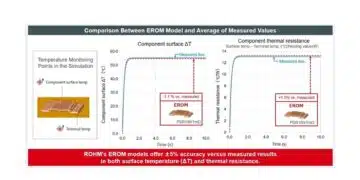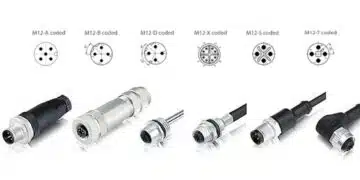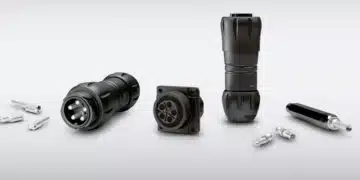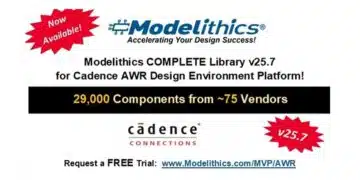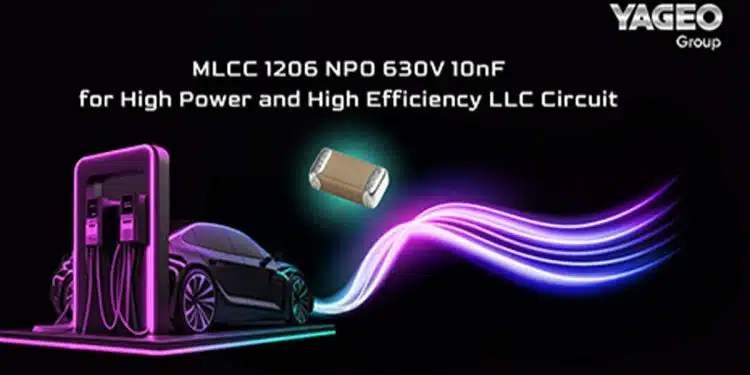YAGEO expands its portfolio of high capacitance NP0 MLCC ceramic capacitors by 10nF 630V chip in small 1206 size for high power and high efficiency LLC circuits.
YAGEO continues to expand NP0’s capacitance and rated voltage for requirements of higher power density and efficiency. NP0, compared with class II MLCCs, is a low loss component due to its excellent frequency properties, it is a perfect option for LLC circuit.
This 1206 NP0 630V 10nF will bring out more follow up parts from YAGEO’s production lines which are suitable for advanced power applications.
LLC resonant converters have become a hot topic in power electronics due to their ability to meet the demanding performance requirements of modern power supply designs.
This switch mode DC/DC power converter allows higher switching frequency and reduces switching losses, making it more suitable for high power and high efficiency applications. It has a wide range of power applications including high end consumer electronics, industrial power managements, and, of course, electric vehicle related charging systems.
Take EV charging plie as an example, because the penetration rate of electric vehicles continues to rise, there are about 3 million charging piles in the world now and it is expected to grow 10 times in five years and 100 times in 20 years.
The fast DC charging pile will become an important part of the charging infrastructure to achieve faster and smarter charging. Therefore, the demand of proper MLCCs placed in the LLC circuits will be hugely increased.



